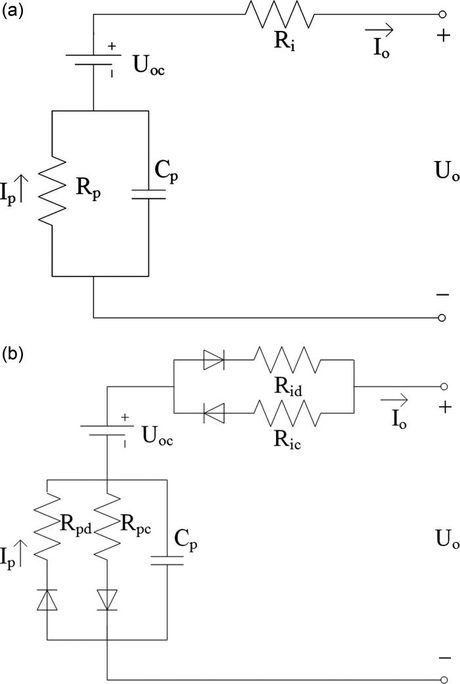How to measure electric car batteries

To better estimate the state of charge in lithium iron phosphate (LiFePO4) batteries, widely used to power electric cars, researchers at Southwest Jiaotong University have developed an algorithm that can separately measure the charging and discharging states of the battery. This allows it to function amidst initial inaccurate values and errors in measuring current, as well as distinguish between the performance of each battery in the series.
According to Zhu Xu, a researcher at the university’s School of Electrical Engineering, the differences of dynamic characteristics among batteries in series — such as battery capacity, internal resistance and polarisation resistance — can cause the state of charge to become unbalanced, which influences the efficiency and life span of the battery packs. Furthermore, the traditional algorithms for estimating a battery’s state of charge — ampere-hour integration, the open-circuit voltage method, neural network modelling and Kalman filtering — all carry drawbacks.
Kalman filtering, while effective at estimating the current of time-varying states in a dynamic system even amidst initial incorrect values, relies on the accuracy of the battery models — which can become problematic in a traditional Thevenin equivalent circuit model. In these model circuits, the same internal and polarisation resistances are adopted when the battery is being charged and discharged. In practice, however, these characteristics end up varying significantly between the two states, which can lead to inaccuracies.
To remedy this, the Chinese researchers improved Thevenin equivalent circuit model works by offering different current paths when the battery is being charged or discharged. This allowed them to model the characteristics of the battery separately under charging and discharging conditions, with the added ability of the Kalman filter to estimate the battery’s state of charge amidst incorrect initial values.
“The proposed improved Thevenin equivalent circuit battery model and state-of-charge estimation algorithm can estimate the battery’s state of charge more accurately, without many unwanted disturbances,” said Xu.
The researchers’ work has been published in the Journal of Renewable and Sustainable Energy. They plan to follow it up by developing systems to measure a battery system’s state of health.
Sodium-ion battery breakthrough boosts energy storage
Scientists have discovered that leaving water inside a key material, rather than removing it,...
Setting a new standard for solar efficiency testing
Researchers from Simon Fraser University have proposed a new framework to standardise testing of...
Magnesium battery prototype operates at room temperature
Researchers have developed a prototype rechargeable magnesium battery that demonstrates stable,...






